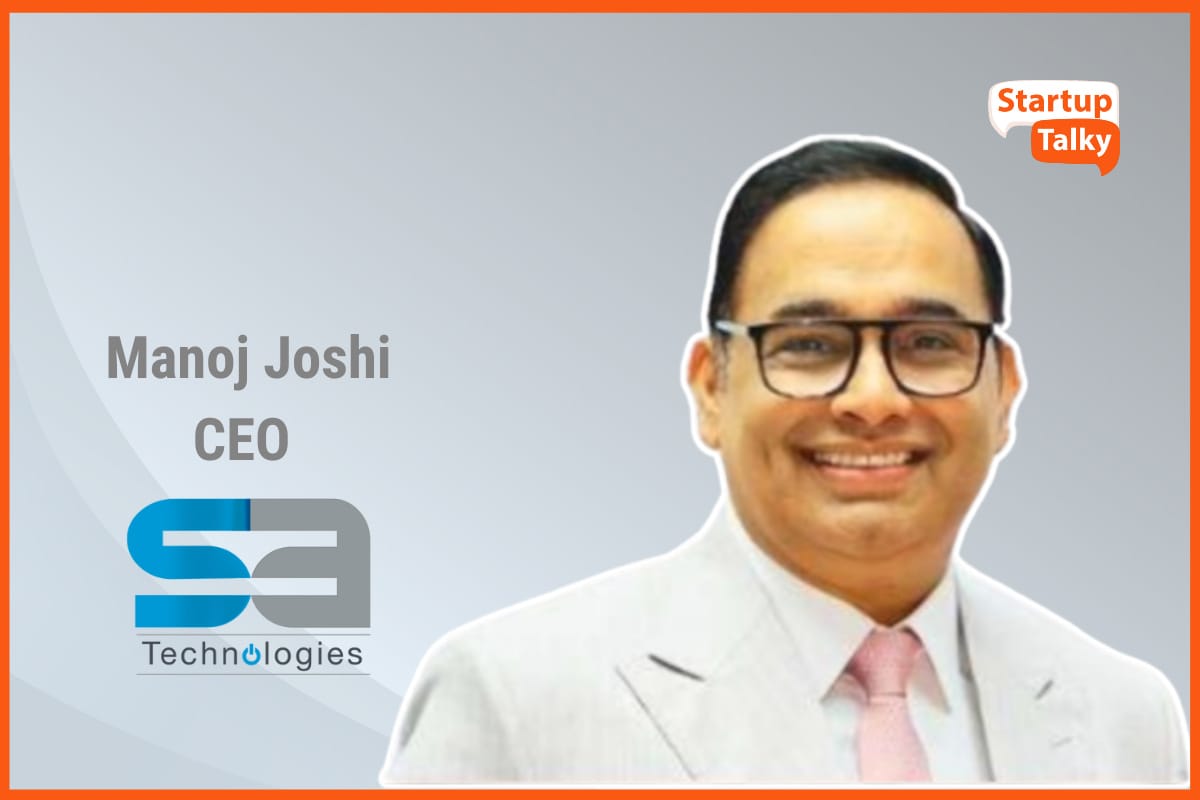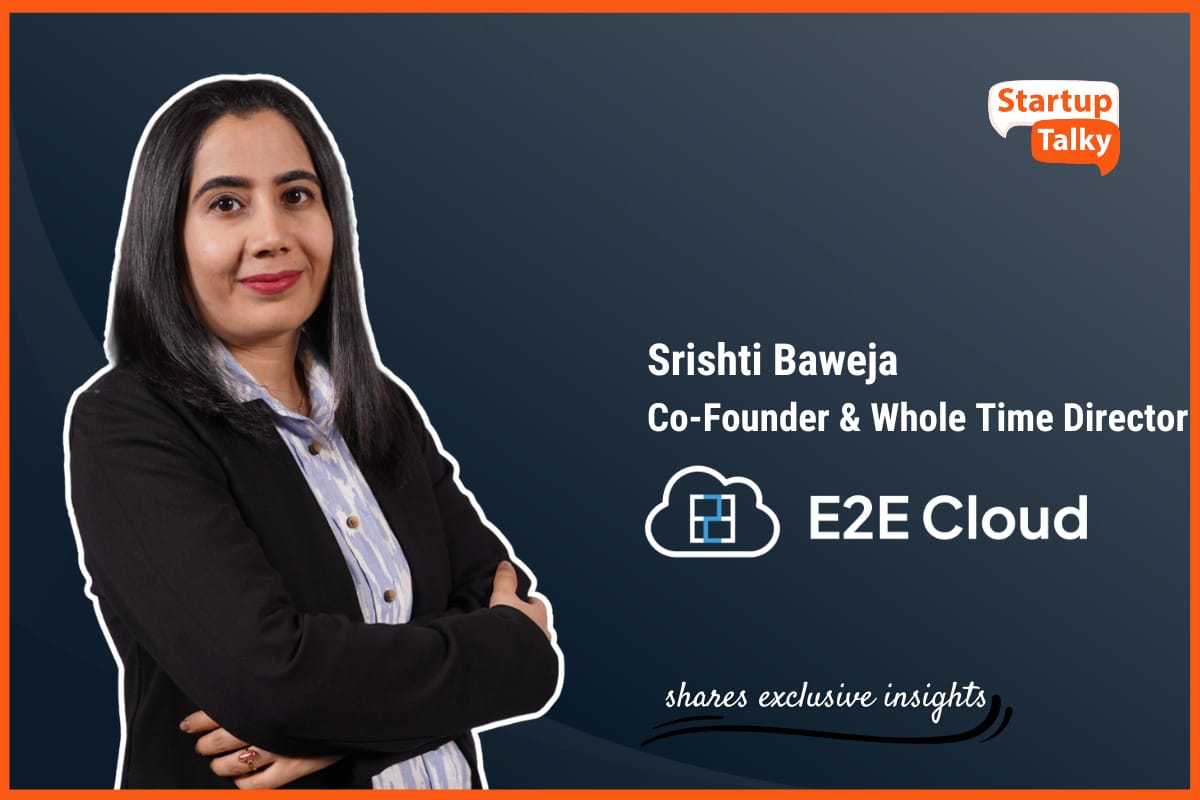
In this exclusive interaction, Manoj Joshi, CEO of SA Technologies, shares how India is fast becoming the global hub for AI-first Global Capability Centres (GCCs). He discusses how Fortune 500s and mid-sized firms differ in their GCC strategies, and how SA Technologies’ evolved Build-Operate-Transfer model uses AI to drive 30% productivity gains. Joshi also talks about sector-specific delivery models, AI governance, talent strategies, and their new platform, Honest AI. He concludes with a bold vision for SA Technologies as a next-gen global player driving digital transformation.
StartupTalky: India is fast emerging as the epicentre for AI-led Global Capability Centre (GCC) innovation. What do you believe are the key drivers behind this shift, and how is SA Technologies helping shape this evolution through its AI-first approach?
Mr. Joshi: It is very much true that India is taking the first leap in becoming the epicentre, but the key reasons for this are: firstly, India is the hub of IT and the service sector, with an exceptional win in cost arbitrage. Along with that, India has a base of top-level talent, robust infrastructure, a culture of innovation, and deliberate policy planning.
StartupTalky: Under your leadership, SA Technologies has supported both Fortune 500s and mid-sized firms. How do their approaches to building AI-first GCCs differ, and what unique challenges do each face?
Mr. Joshi: Fortune 500 companies are often looking at AI-first GCCs as strategic assets for innovation, compliance, and enterprise-grade standardisation, and are more often focused on building centres that are compliant with global security and governance frameworks. On the other hand, mid-size companies typically view GCCs as a lever for cost optimisation and scale, and for entering into new markets, and increasing operational agility.
StartupTalky: Your Build-Operate-Transfer model has gained attention for enabling scalable and resilient GCCs. Could you walk us through how this model is evolving in the AI age?
Mr. Joshi: In the AI era, our Build-Operate-Transfer (BOT) model at SA Technologies has evolved from a traditional setup framework into a strategic accelerator for innovation. We now embed AI at the start, using AI for supporting the location strategy, talent analytics capabilities, and ROI modelling in the Build stage.
We apply AI in the Operate phase with AI-enabled tools to automate workflows, monitor performance, and predict governance; all of which have delivered over 30% productivity improvements. Talent recruitment and upskilling are also augmented with AI to ensure the GCC is future-ready.
Then, in the Transfer phase, we provide full ownership of systems, workflows, and trained teams of AI-enabled capabilities – we floor the client with a smart, scalable, and resilient GCC from day one.
In summary, our BOT model is now a springboard for intelligent and innovation-enabled global operations.
StartupTalky: What role does sector-specific expertise, especially in industries like healthcare, play when designing future-ready global delivery models?
Mr. Joshi: Like every industry, the healthcare sector has priorities specific to its industry, but ultimately large-scale change requires technology. At SA Technologies, we build technology teams established for the health sector that support the health sector, with end-to-end help without answering or implementing any of the existing structures or hierarchies. Which allows their solutions to fit with their environment, be adopted quickly, and have a measurable impact.
StartupTalky: With GCCs increasingly driving innovation rather than just efficiency, how do you measure success beyond cost savings and operational metrics?
Mr. Joshi: Ultimately, for us, customer satisfaction is the most critical measure of success. In addition to this, as an AI-first company, we also closely track our internal AI adoption, the efficiency gains resulting from it, and our overall infrastructure readiness to drive scalable, intelligent growth.
For us, customer satisfactionfuture-ready continues to be the ultimate measure of success. Beyond this, as an AI-first company, we also closely monitor our internal AI adoption, its accompanying efficiency gains and our readiness of infrastructure to achieve scalable, intelligent growth.
StartupTalky: How do you envision the future of talent in AI-led centres? What strategies is SA Technologies employing to build, retain, and future-proof this talent pipeline across India?
Mr. Joshi: At SA Technologies, we believe that talent is the foundation of AI-led GCCs. In the future, talent will encompass not only technical capabilities but also adaptability, fluency across domains, and an innovation-oriented mindset. To build and maintain this pipeline, we have three core strategies: continuous upskilling with AI and cloud training programs, having talent working on actual projects from day one, and creating a culture which embraces experimentation and ownership.
StartupTalky: The rapid adoption of AI often raises concerns about governance and ethics. How do you ensure that your GCC deployments maintain responsible AI principles, especially across diverse geographies?
Mr. Joshi: At SA Technologies, we view responsible AI not just as a principle, but as a mandate. As we deploy AI-led GCCs across diverse geographies, our approach is anchored in robust governance, risk management, and ethical alignment. We embed governance frameworks from day one, covering legal entity setup, regulatory reporting, compliance advisory, and risk mitigation. Every GCC we build is supported by board-level ethical controls and jurisdiction-specific compliance strategies.
StartupTalky: Many mid-sized firms are now exploring GCCs for the first time. What advice would you give to a CEO considering this move, and how does SA Technologies help de-risk that decision?
Mr. Joshi: For CEOs of mid-sized firms considering their first GCC, my advice is simple: choose a partner who brings clarity, not complexity. Setting up a GCC is not just a cost strategy, it’s a growth catalyst. It introduces diversity, operational agility, and global reach into your organisation. At SA Technologies, we specialise in de-risking this journey through a structured, transparent approach. From feasibility studies to legal setup and talent acquisition, we provide end-to-end support. We’re not just a vendor, we’re an execution partner committed to your long-term success.
StartupTalky: SA Technologies recently introduced Honest AI, positioned as a modular AI automation platform. What gap in the market does it address, and how does it support public and private enterprises differently?
Mr. Joshi: At SA Technologies, we launched Honest AI as a way to counteract the growing divide between AI vision and reality. The marketplace is full of promises, but lacks transparency and speed that is business-focused. Honest AI is here. It is a modular, enterprise-grade solution that can provide verified, production-ready AI agents in weeks, not months.
For private enterprises, we measure outcomes – automating tasks and transactions, enhancing decision quality and timeliness, and increasing cost savings or efficiencies by utilising the technology without "rip-and-replace" legacy systems. For public sector organisations, we focus on responsible AI, smoothing out service delivery, increasing engagement and empowerment of citizens, and also providing assurance around governance and compliance, given the multiple jurisdictions.
At Honest AI, what separates us from others is trust. We deliver 100% on time delivery, we have SOC 2 TYPE II and ISO 27001 certifications, and we will put our commitment behind every statement we make. In summary, we do not merely build algorithms, we build trust!
StartupTalky: Finally, what’s your long-term goal for SA Technologies in the context of global digital transformation?
Mr. Joshi: My vision is to build SA Technologies like a next-generation Silicon Valley undertaking. With AI and emerging technologies already accelerating quickly, the GCC model is ready to exponentially scale, and we will be part of that revolution.
 StartupTalkyMuskaan Kapoor
StartupTalkyMuskaan Kapoor
Original Article
(Disclaimer – This post is auto-fetched from publicly available RSS feeds. Original source: Startuptalky. All rights belong to the respective publisher.)